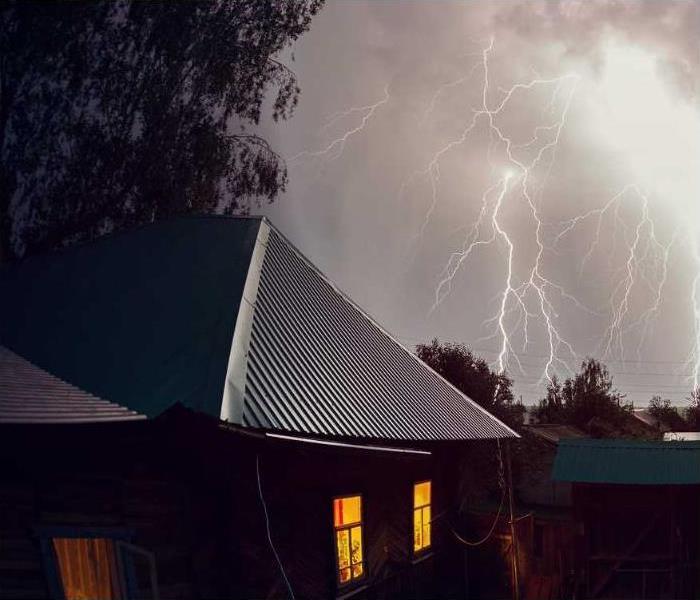What to do During and After a Flash Flood
9/3/2020 (Permalink)
 While we hope you never experience a disaster in your home, we do know we are ready to help you restore it in the event of one
While we hope you never experience a disaster in your home, we do know we are ready to help you restore it in the event of one
Flash floods occur as a result of heavy rainfall, rapid snow thaw, city drains overflowing or dam/levee failures. They occur quickly and unexpectedly. Flash Floods can effect ANYWHERE at ANYTIME, because it does rain everywhere. Now, most places are more prone to flooding, and it would be wise to learn about your local area. Cities and Urban environments are most common to flash floods, because of the impermeable surfaces, like asphalt and concrete that make up a majority of our surface roads and sidewalks.
Flash Flood Quick Facts
- Do not walk, swim, or drive through flood waters. Turn Around, Don’t Drown!
- Just 6 inches of rapidly moving floodwater can sweep someone off their feet.
- Just 2 feet of floodwater moving at 9 feet per second (standard speed of flash floods) is enough to sweep vehicles away, move 100 pound rocks, uproot trees or level buildings.
Survive DURING
- Depending on where you are, and the impact and the warning time of flooding, go to the safe location that you previously identified.
- If told to evacuate, do so immediately. Never drive around barricades. Local responders use them to safely direct traffic out of flooded areas.
- Listen to EAS, NOAA Weather Radio, or local alerting systems for current emergency information and instructions.
- Do not walk, swim, or drive through flood waters. Turn Around. Don’t Drown!
- Stay off bridges over fast-moving water. Fast-moving water can wash bridges away without warning.
- If your vehicle is trapped in rapidly moving water, then stay inside. If water is rising inside the vehicle, then seek refuge on the roof.
- If trapped in a building, then go to its highest level. Do not climb into a closed attic. You may become trapped by rising floodwater. Go on the roof only if necessary. Once there, signal for help.
Be Safe AFTER
- Listen to authorities for information and instructions. Return home only when authorities say it is safe.
- Avoid driving, except in emergencies.
- Snakes and other animals may be in your house. Wear heavy gloves and boots during clean up.
- Be aware of the risk of electrocution. Do not touch electrical equipment if it is wet or if you are standing in water. If it is safe to do so, turn off the electricity to prevent electric shock.
- Avoid wading in flood water, which can contain dangerous debris and be contaminated. Underground or downed power lines can also electrically charge the water.
- Use a generator or other gasoline-powered machinery ONLY outdoors and away from windows.






 24/7 Emergency Service
24/7 Emergency Service